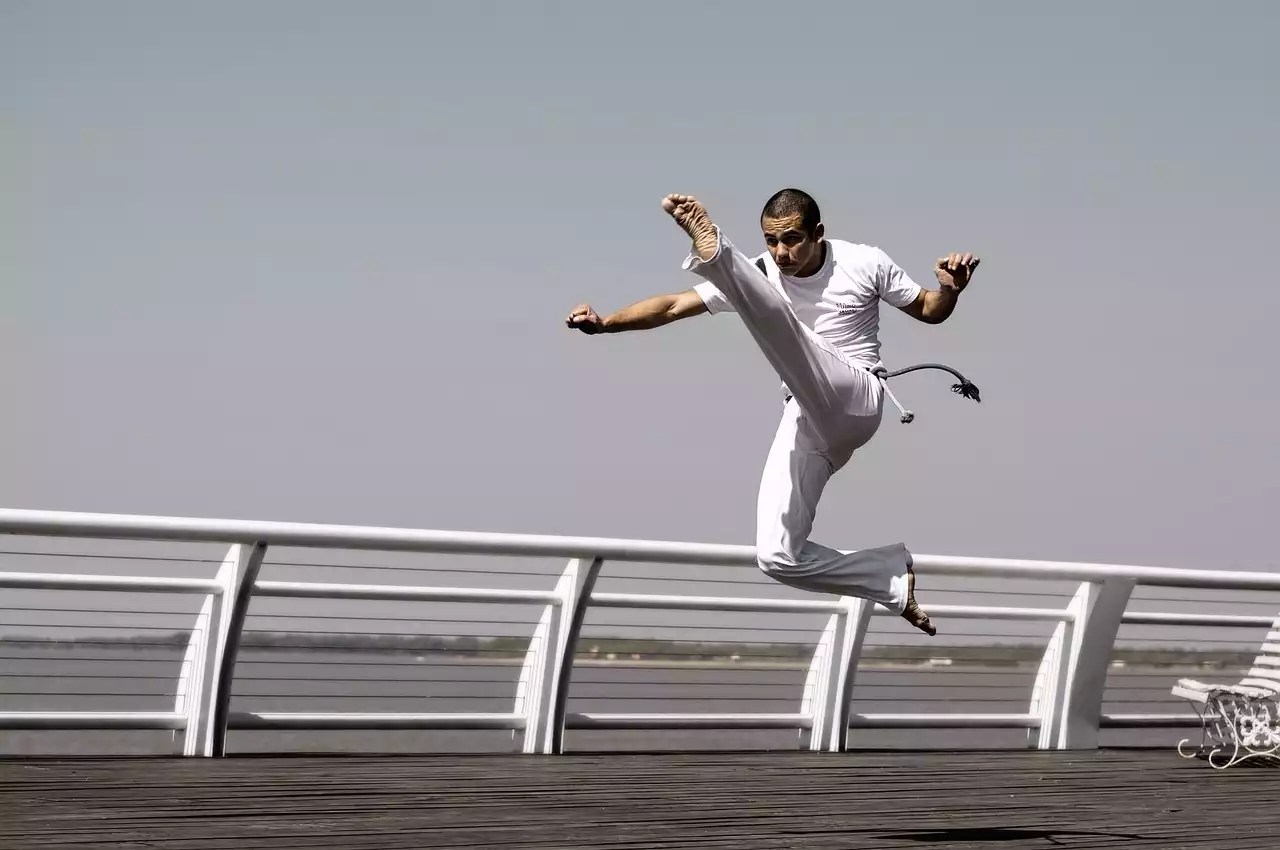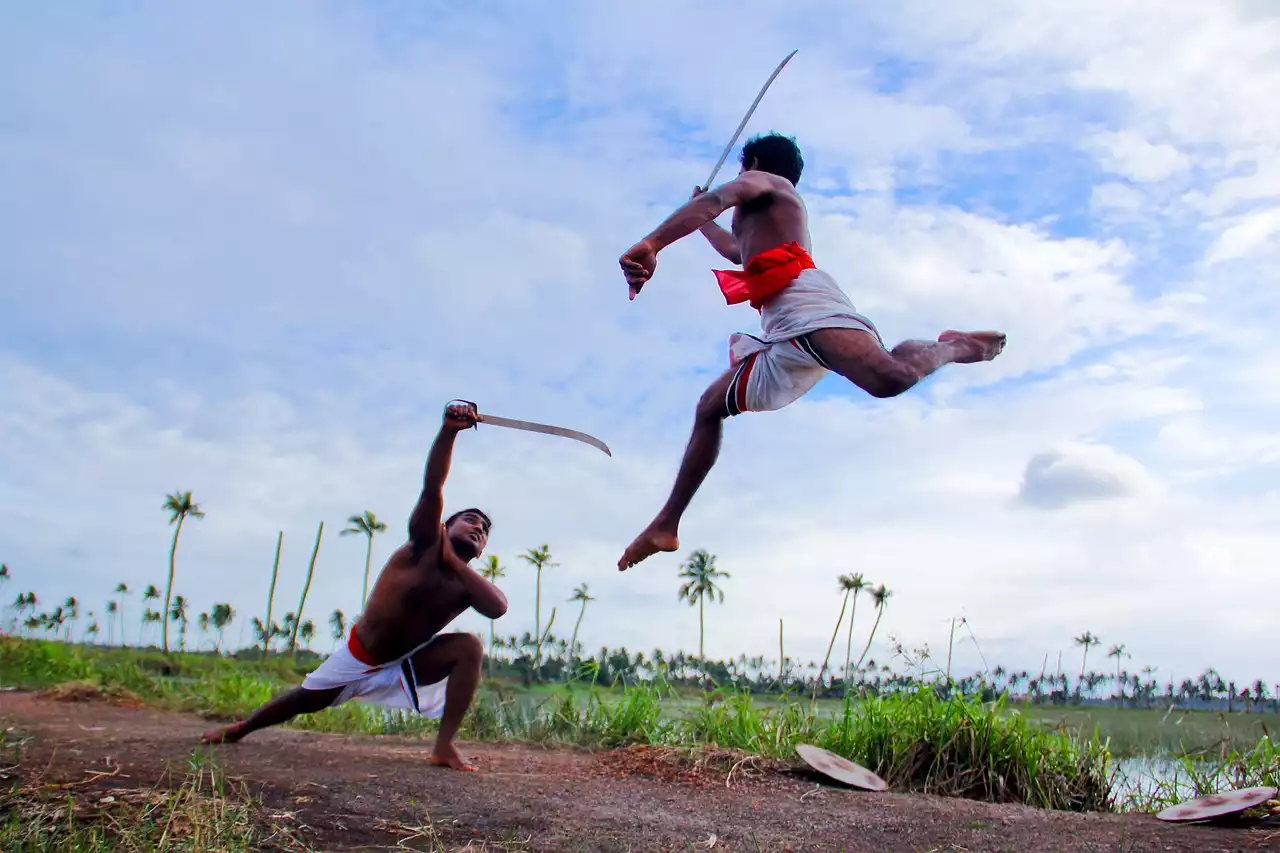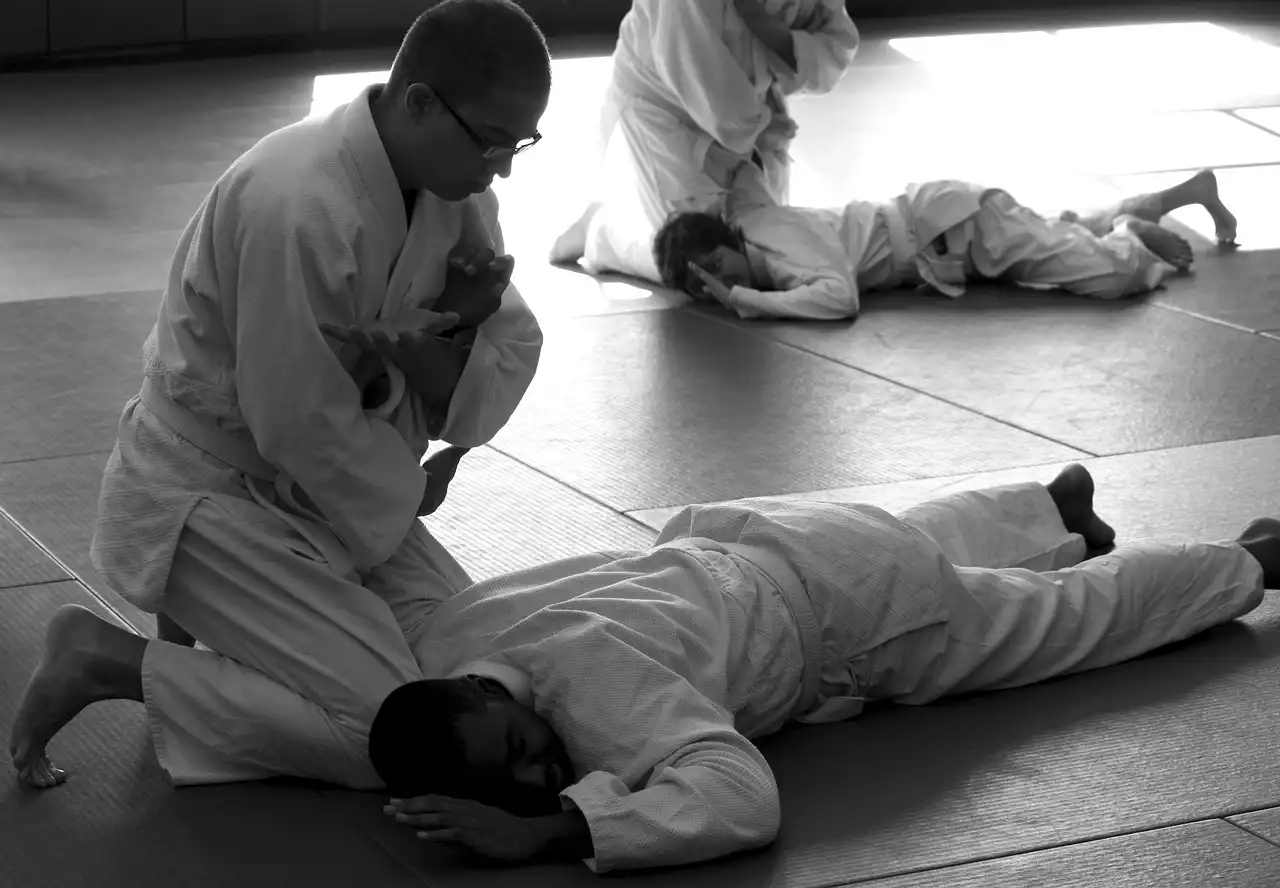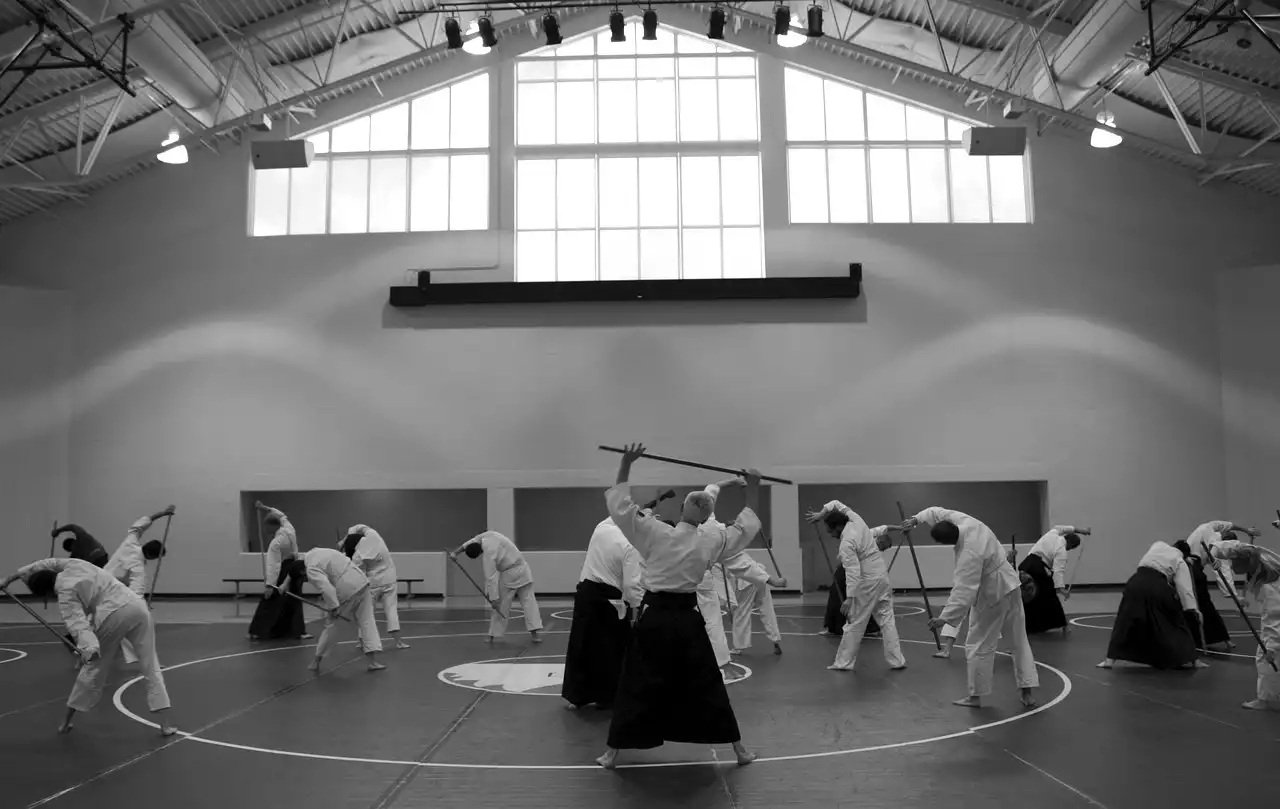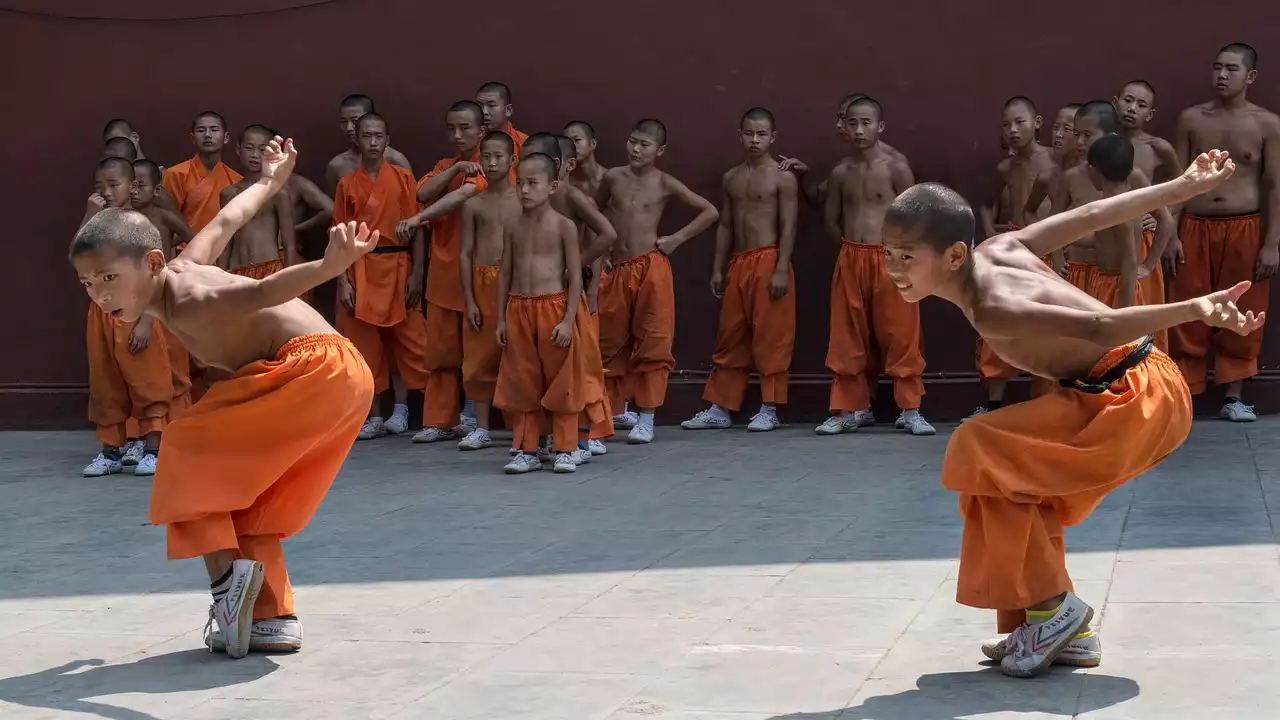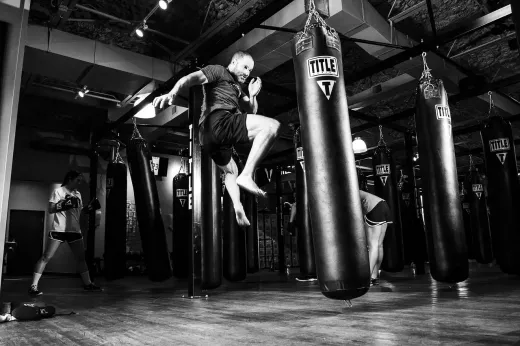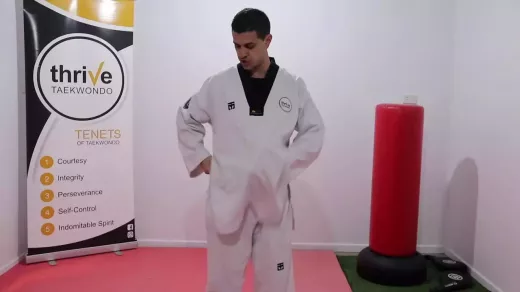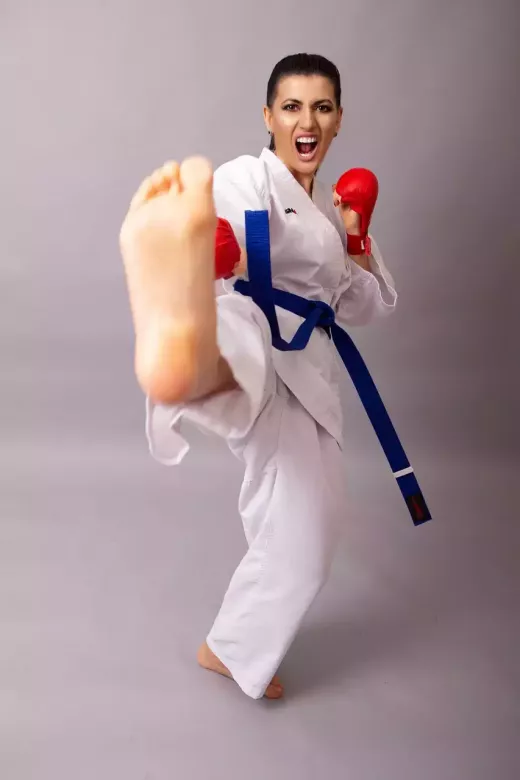The history of Capoeira
Capoeira has a rich and fascinating history. It originated in Brazil during the colonial era when enslaved Africans were brought to the country to work on sugar plantations. The slaves were not allowed to practice their traditional martial arts, so they developed Capoeira as a way to resist their oppressors and maintain their cultural identity. Capoeira was initially disguised as a dance to avoid detection by slave owners and authorities.
In the late 19th century, Capoeira was outlawed in Brazil, and practitioners were often arrested and punished. However, Capoeira continued to be practiced in secret, and it wasn't until the 1930s that it was legalized and recognized as a legitimate form of martial art.
Today, Capoeira is practiced all over the world and has become a symbol of Brazilian culture. It's a unique art form that combines elements of dance, acrobatics, and self-defense.
Understanding the Capoeira philosophy
Capoeira is not just about physical movements; it's also about philosophy and mindset. The philosophy of Capoeira is rooted in the idea of resistance and freedom. Capoeira was developed as a way for enslaved Africans to resist their oppressors and maintain their cultural identity. It's a form of self-expression and a way to connect with one's ancestors.
In Capoeira, there is a strong emphasis on respect, both for oneself and others. Practitioners are taught to be humble, patient, and disciplined. Capoeira also teaches the importance of community and working together towards a common goal.
The elements of Capoeira - dance, acrobatics, and self-defense
Capoeira is a unique art form that combines elements of dance, acrobatics, and self-defense. The dance element of Capoeira is characterized by fluid movements and graceful transitions. The acrobatics element involves flips, kicks, and spins that seem to defy gravity. The self-defense element of Capoeira is based on quick reflexes and strategic movements.
Capoeira is not just about physical movements; it's also about music. The music is an integral part of Capoeira and sets the rhythm and pace of the movements. The music is played on traditional instruments such as the berimbau, pandeiro, and atabaque.
Physical and mental benefits of Capoeira
Capoeira is a great form of exercise that offers both physical and mental benefits. It's a full-body workout that improves strength, agility, and flexibility. Capoeira also helps to improve balance and coordination.
In addition to its physical benefits, Capoeira also offers mental benefits. It teaches discipline, patience, and focus. Capoeira requires practitioners to be present in the moment and to be aware of their surroundings. It's a form of meditation that helps to reduce stress and anxiety.
Getting started with Capoeira - finding a class and instructor
If you're interested in learning Capoeira, the first step is to find a class and instructor. Look for a reputable Capoeira school in your area that offers beginner classes. It's important to find an instructor who is experienced and knowledgeable about Capoeira.
When you attend your first Capoeira class, be prepared to work hard and be patient with yourself. Capoeira can be challenging, especially for beginners. It takes time to develop the strength and agility required for Capoeira.
Essential Capoeira moves and techniques
There are many essential Capoeira moves and techniques that beginners should learn. One of the most basic moves in Capoeira is the ginga, which is a defensive movement that involves shifting the weight from one foot to the other. Other essential moves include kicks, such as the martelo and meia lua, and takedowns, such as the rasteira and tesoura.
It's important to practice these moves regularly and to focus on proper form and technique. As you become more comfortable with the basic moves, you can start to incorporate more advanced moves and combinations.
Advanced Capoeira moves and combinations
Once you have mastered the essential Capoeira moves and techniques, you can start to explore more advanced moves and combinations. Some of the more advanced moves in Capoeira include the aú, which is a cartwheel-like movement, and the bananeira, which is a handstand.
Combining moves and creating your own combinations is an important part of Capoeira. It allows you to express your own style and creativity.
Capoeira events and competitions
Capoeira is not just practiced in the gym; it's also performed at events and competitions. Capoeira events are a great way to connect with other practitioners and to showcase your skills. Competitions are also an option for those who want to take their Capoeira to the next level.
Capoeira music and instruments
As mentioned earlier, music is an integral part of Capoeira. The music sets the rhythm and pace of the movements and creates a sense of community and energy. The music is played on traditional instruments such as the berimbau, pandeiro, and atabaque.
Capoeira is a unique art form that combines dance, acrobatics, and self-defense. It has a rich and fascinating history and is rooted in the philosophy of resistance and freedom. Capoeira offers both physical and mental benefits and is a great form of exercise for anyone looking to improve their strength, agility, and flexibility. If you're interested in learning Capoeira, find a reputable Capoeira school in your area and start practicing today. With patience and dedication, you can master this incredible art form and experience the beauty and power of Capoeira.
